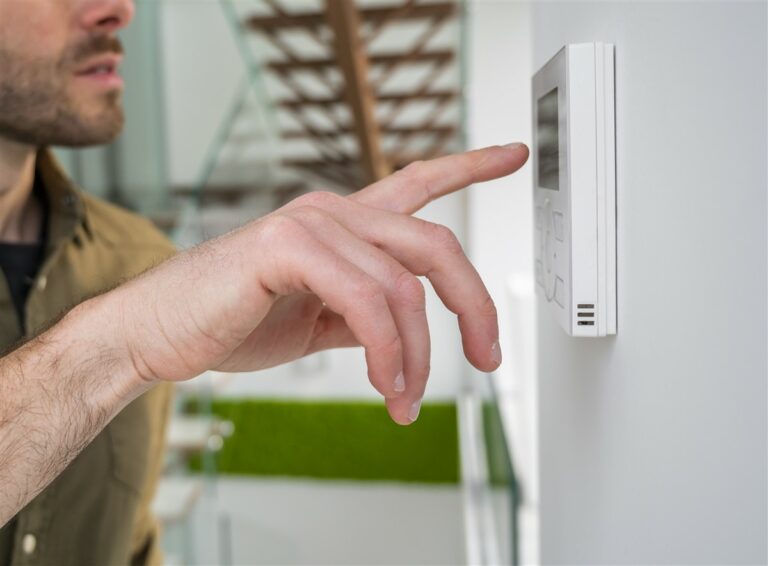Comfort, autonomy, security… This is what home automation promises for everyone, but even more so for people with disabilities or reduced mobility. Thanks to the automation of tasks, daily life becomes easier, and staying at home, is a real option for those who want it.

Home automation: a solution for autonomy at home
Home automation refers to all information and communication technologies that allow the automation and remote control of various household tasks. It offers a multitude of solutions to improve the quality of life of people, particularly those with disabilities or reduced mobility.
For these people, loss of autonomy can be a major obstacle to their well-being. However, thanks to home automation, they can regain control of their home and their life. Indeed, home automation equipment simplifies daily tasks, from opening and closing shutters to managing lighting and heating. In addition, connected devices allow these devices to be controlled remotely, thus providing a valuable gain in autonomy.
Home automation solutions adapted to each situation
To meet the specific needs of people with disabilities or reduced mobility, home automation solutions are multiplying. For example, for those who use a wheelchair, it is possible to automate the opening and closing of doors, or to install home elevators.
For the elderly or seniors who are losing their independence, remote control devices can be a great help. For example, a fall detection system can alert a loved one or an emergency service in the event of an accident. In addition, thanks to home automation, it is possible to regulate the temperature of the home to ensure optimal comfort.
Finally, for people with visual impairments, voice guidance systems can be installed to facilitate navigation in the accommodation.
Home automation to ensure the safety of people with reduced mobility
Security is a major concern for people with disabilities or reduced mobility. Here again, home automation provides effective solutions. For example, motion sensors can detect an unusual presence in the home and alert residents or a security service.
Similarly, video surveillance systems can allow for remote monitoring of the home. For those who fear domestic accidents, connected smoke or gas detectors can alert you in real time in the event of a problem.
Financing home automation equipment through financial aid
The acquisition of home automation equipment can represent a significant cost. Fortunately, there is financial assistance to help people with disabilities or reduced mobility finance these investments. For example, the National Housing Agency (Anah) offers assistance for carrying out home improvement work, particularly for the installation of home automation equipment.
In addition, some home adaptation work can benefit from a tax credit for the energy transition. Finally, some mutual insurance companies or insurance companies offer assistance for the acquisition of home support equipment.
The future looks bright for people with reduced mobility thanks to the development of home automation. These technologies offer them the opportunity to gain autonomy, live in a secure environment, and maintain their quality of life. The financial aid available also supports this approach, making home automation accessible to all. Thus, far from being a luxury, home automation is becoming a necessity for an independent and peaceful life.

















